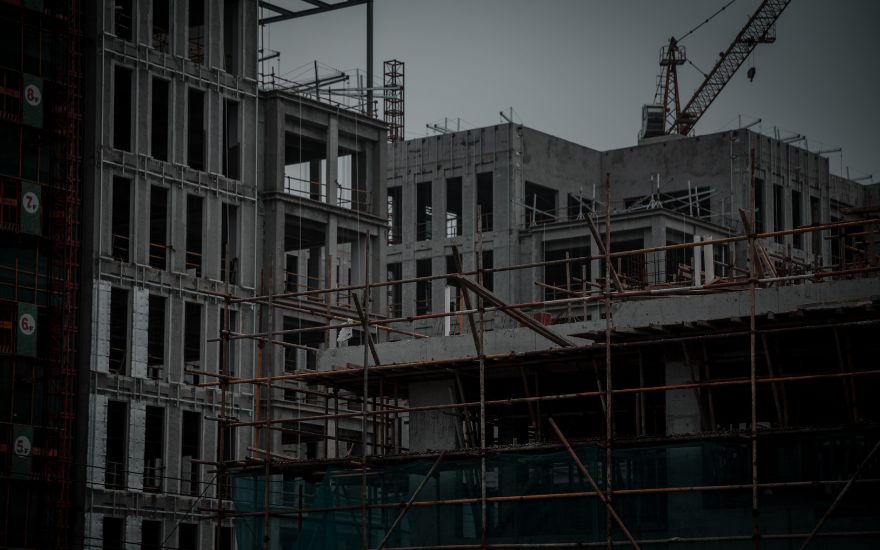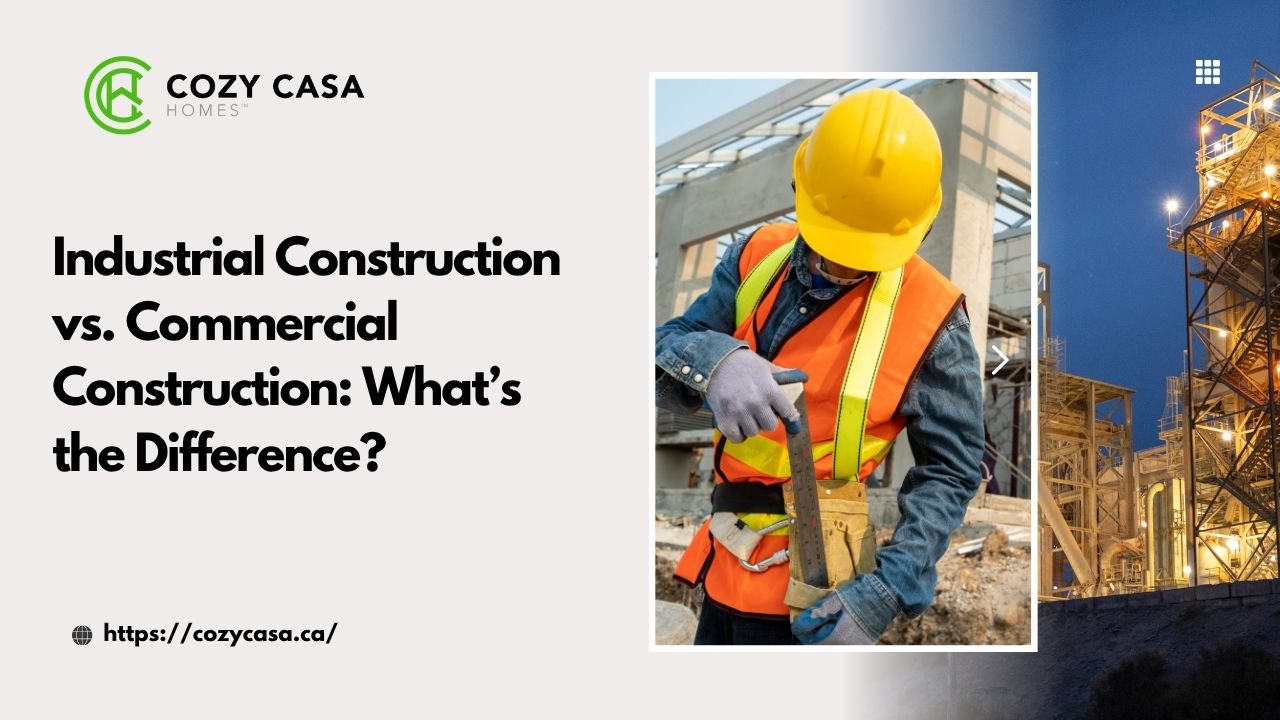Imagine you’re finally building your dream home. You’ve secured the perfect plot, chosen a well-known contractor like PCL Construction, and all signs point toward a smooth build. Yet, months pass with minimal progress, unexpected halts, and new timelines that seem to shift weekly. You’re left wondering how a leading construction company could be behind schedule. If you’ve found yourself frustrated in a similar scenario, you’re not alone. Many homeowners have experienced delays even when partnering with reputable firms.
This blog explores potential reasons why PCL Construction might delay your home project. We’ll walk through industry-specific delays, common project management hurdles, and key factors unique to large firms. If you’re already working with PCL or considering them, understanding these insights will help you make smarter, faster decisions. Let’s dive into the full scope of what might be happening behind the scenes. For help navigating your custom build in Canada, visit CozyCasa’s custom home building services.
Factors to Understand Before Blaming the Contractor
Before assuming delays are solely the contractor’s fault, it’s important to grasp the complexities of large-scale construction management. Companies like PCL Construction handle massive portfolios across residential, commercial, and infrastructure projects. With their scope comes layers of approvals, planning stages, and stakeholder management. Understanding the inner workings of such projects can explain delays that, at first glance, seem avoidable.
1. The Scope and Scale of PCL Construction Projects
PCL Construction is not just a residential home builder. Their operations span international infrastructure and commercial developments, meaning project resources may be allocated based on profitability or priority. If your dream home isn’t a top-tier project in their pipeline, scheduling challenges could arise.
PCL’s diversified portfolio means they may subcontract elements of your project to smaller teams. While efficient in theory, this approach can slow timelines when communication or availability lags. This is particularly true during peak construction seasons.
2. Permit Approvals and Municipal Delays
Large firms like PCL must adhere strictly to regional zoning laws and permit protocols. If you’re building in an area with complex or changing building codes, permit approval may take longer than expected. Even minor missteps in documentation can reset the application process entirely.
Secondary keywords such as “building permit delays” and “municipal red tape” highlight a common bottleneck many homeowners face. In cities with high growth or limited staffing in city planning departments, delays can stretch for months.
3. Supply Chain Issues Post-COVID
The construction industry continues to feel the ripple effects of COVID-era supply chain disruptions. Materials like lumber, concrete, and specialty fixtures are often sourced globally. Even a slight delay in one element can cascade across the project timeline.
Large construction firms like PCL often bulk-purchase for larger projects, which can deprioritize smaller custom builds. If your home relies on specialized or backordered materials, the wait could extend indefinitely. Keywords like “construction supply chain” and “material shortage delays” are crucial considerations.
4. Subcontractor Scheduling Conflicts
PCL Construction frequently outsources plumbing, electrical, HVAC, and interior design work to trusted subcontractors. These third-party teams manage multiple clients and timelines, making it challenging to secure consistent labor for your project.
If one subcontractor falls behind, it triggers a domino effect across the build. Coordinating all players, especially in rural or high-demand regions, remains one of the most common delay factors in home construction.
5. Weather and Seasonal Interruptions
Canada’s harsh winters and unpredictable weather patterns significantly impact construction schedules. Even with the best project planning, frozen ground, heavy rain, or snowstorms can halt outdoor construction activities.
PCL follows strict safety protocols, meaning any risky weather event will likely result in a pause rather than a rush to meet deadlines. This conservative approach, while safe, adds time to your overall build.
Key Information About Construction Timelines and Expectations
Understanding the Typical Timeline for Custom Homes
A standard custom home build may take 8 to 14 months. But with a large construction firm, timeline extensions are common due to layered project pipelines, subcontractor logistics, and scaled operations. Clear timeline expectations upfront can help prevent stress later on.
How Communication Gaps Contribute to Misunderstandings
Frequent check-ins with your project manager can make or break your experience. PCL Construction’s structure may involve multiple layers of communication, making it hard to get timely updates. Homeowners should request milestone-based progress reports to stay informed.
The Role of Project Managers and Site Supervisors
Your main point of contact may be a PCL project manager who juggles several jobs. Depending on the site supervisor’s presence and authority, day-to-day decisions may get delayed. Understanding who’s in charge on-site helps ensure accountability.
What Happens When Change Orders Occur
Adding a new room? Changing tile designs? These mid-build changes are known as change orders. Even small tweaks can delay scheduling and require re-approvals. Clear scope definitions at the start minimize such issues.
Budgeting Buffers for Unplanned Delays
Construction finance experts recommend adding a 10-20% buffer to both time and cost estimates. While frustrating, delay-related costs are common and must be factored into your planning. Budget flexibility often correlates with reduced stress.
Why Should You Choose CozyCasa Over Larger Builders?
When it comes to home construction, bigger isn’t always better. While PCL Construction is a household name in commercial building, CozyCasa provides tailored residential services that prioritize your project. Our dedicated project managers take on only a limited number of builds at a time, ensuring constant communication and hands-on supervision.
With CozyCasa, delays are proactively managed through tight local subcontractor networks, flexible supply chains, and contingency planning. We understand that building a dream home is emotional, and we’re committed to making it seamless, timely, and enjoyable. Explore how we can bring your vision to life at CozyCasa’s custom homes.
Conclusion: Understanding Your Contractor’s Process Empowers You
PCL Construction is a leader in the industry, but their size and scale can sometimes work against homeowners with unique or time-sensitive needs. From permit delays to subcontractor coordination, multiple factors can affect your build timeline. Rather than getting frustrated, gaining knowledge about these moving parts can help you ask better questions and stay proactive in your project.
If you’re considering alternatives, local builders like CozyCasa offer personalized service and strong client communication, often resulting in smoother experiences. Choosing the right builder isn’t just about brand recognition—it’s about fit, reliability, and attention to your dream.
FAQs
- Why does PCL Construction delay residential projects?
Delays often stem from permit issues, subcontractor scheduling, and prioritization of larger projects. - How long should a custom home build take in Canada?
Typically, 8 to 14 months, depending on complexity, weather, and contractor availability. - Can I switch builders mid-project if delays persist?
Yes, but it may incur penalties or rework. Legal review is advised. - Is it better to go with a smaller local builder like CozyCasa?
For personalized service and faster communication, local builders are often more efficient. - Do weather conditions affect build timelines?
Yes. Canadian winters and storms can pause construction, especially outdoor phases. - What is a construction change order?
A mid-project modification in design or scope that can delay timelines. - How do I get more updates from my PCL project manager?
Request regular milestone meetings and email progress reports. - Are supply chain issues still affecting construction in 2025?
Yes. Some materials remain delayed due to global supply fluctuations. - What if my building permit gets denied or delayed?
Work with a consultant to resubmit. CozyCasa offers permit assistance as part of our services. - 10. Does CozyCasa offer post-build support?
Absolutely. We offer warranty coverage, walkthroughs, and dedicated post-handover support.

